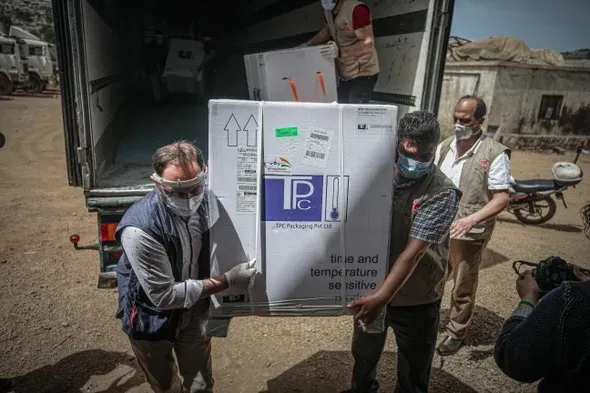More than 50 percent of the adult population in the U.S. has been fully vaccinated against COVID-19. But the situation is very different in much of the rest of the world. In many low-income nations, less than 1 percent of the population has received a single dose.
Addressing this inequity is the mission of COVAX, a collaboration among Gavi, the Vaccine Alliance, the Coalition for Epidemic Preparedness Innovations and the World Health Organization (WHO). COVAX launched in April 2020 with the aim of distributing two billion vaccine doses by the end of 2021. The idea was to accept donations of money and vaccines from countries and allocate them equally to poorer nations based on their population.
But so far, COVAX has fallen short of its aims. The collaboration has accounted for only 4 percent of more than two billion shots administered worldwide to date, largely because wealthy countries bought most of the new vaccines before they were even approved by regulators for emergency use.
Another major setback came earlier this year, when India suspended the export of vaccines made in the country, which has been suffering a devastating outbreak. COVAX had been relying on the Serum Institute of India to supply more than half of its doses, and the resulting shortage left the organization unable to fulfill its pledges to many countries. In a statement to Scientific American, a Gavi spokesperson said that the organization now expects to deliver 1.8 billion vaccines by end of the first quarter of 2022.
The situation may be turning around. On June 3 President Joe Biden announced that the U.S. will share 19 million doses with COVAX by the end of the month and directly provide another six million to countries in need. At the recent G7 summit in England, wealthy nations pledged a total of 870 million vaccines to COVAX, and half of them should arrive by the end of the year.

